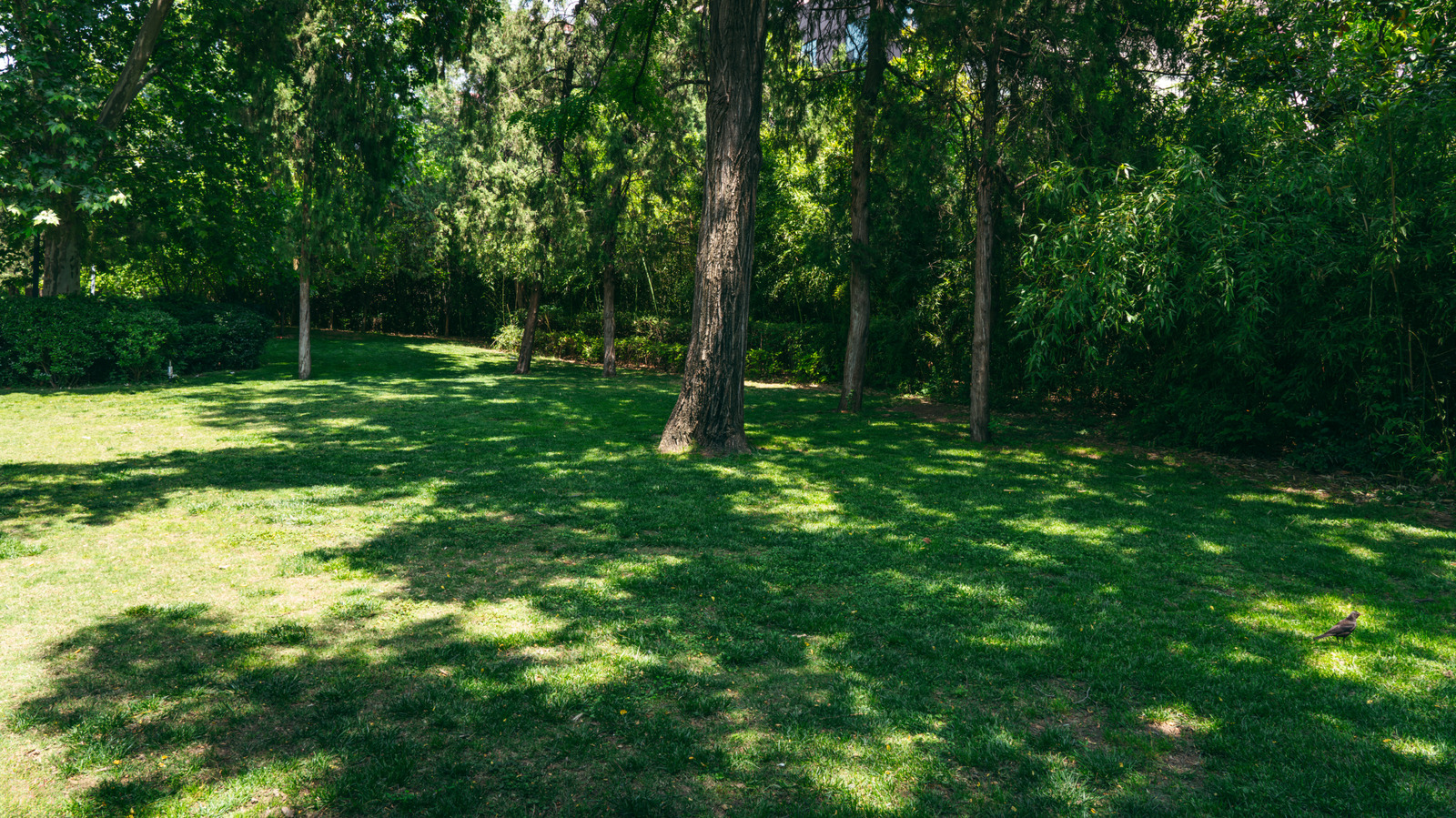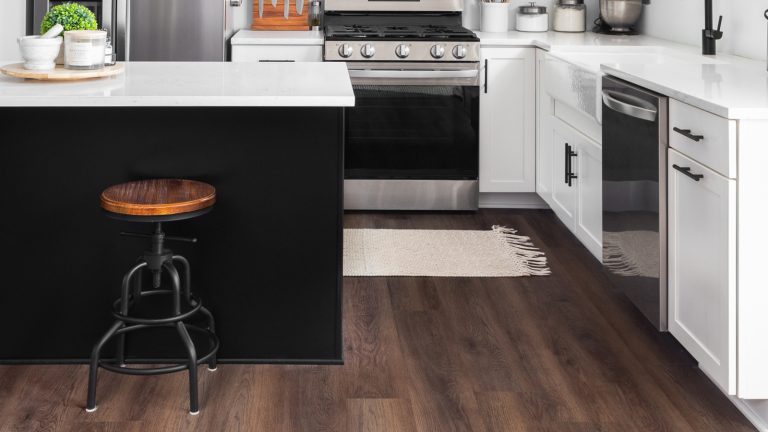
On sunny days, there’s plenty of excitement and discovery awaiting outdoors. However, it’s important to find shade to protect yourself from heat exhaustion or heat stroke. Similar to humans, many plants struggle without water and must manage their exposure to heat to conserve moisture. Different plant species thrive under specific lighting conditions: full sun (six or more hours of direct sunlight), partial sun (four to six hours), partial shade (two to four hours), or full shade (less than two hours).
To attract butterflies and pollinators like bees to your garden, even if your lawn receives limited sunlight, consider ground cover plants like bunchberry (Cornus canadensis). Also known as creeping dogwood, bunchberry is a low-maintenance, perennial flowering shrub ideal for USDA hardiness zones 2 through 6. This plant is native to Greenland, the northern United States, Canada, and northeast Asia, and is commonly found in forested areas north of the Appalachian Mountains.
Ground covers are an excellent alternative to traditional lawns in shaded areas, as they prevent soil erosion and suppress weeds. Bunchberry is particularly notable for its edible berries, which can be harvested in summer and fall. With bunchberry shrubs in your garden, you and the pollinators will both benefit from your lawn.
How to Create an Optimal Environment for Bunchberry Growth
While ground covers require less maintenance than some plants, they need guidance during early growth stages, including proper irrigation, fertilization, mulching, and weeding. Handle these delicate but visually appealing plants with care. Bunchberry thrives in acidic soil rich in organic matter that remains moist. Fortunately, shaded areas retain moisture longer, although this might mean waiting for your ideal bunchberry spots to thaw after winter.
If starting bunchberry from seeds, plant them ¾ of an inch deep in the fall. For cuttings, use a mix of equal parts sand and peat, planting around July or August. Peat moss or pine needles make excellent mulch for bunchberry. Despite optimal conditions, expect slow growth (hence the name “creeping” dogwood), and flowers may not appear until three years post-propagation. This is a long-term investment, unlike grass.
Don’t be deterred by the prolonged growth period. When bunchberry shrubs bloom, they display white, yellow, green, or brown flowers, offering a refreshing change in areas typically filled with generic underbrush. Your shaded yard will appreciate the transformation.






